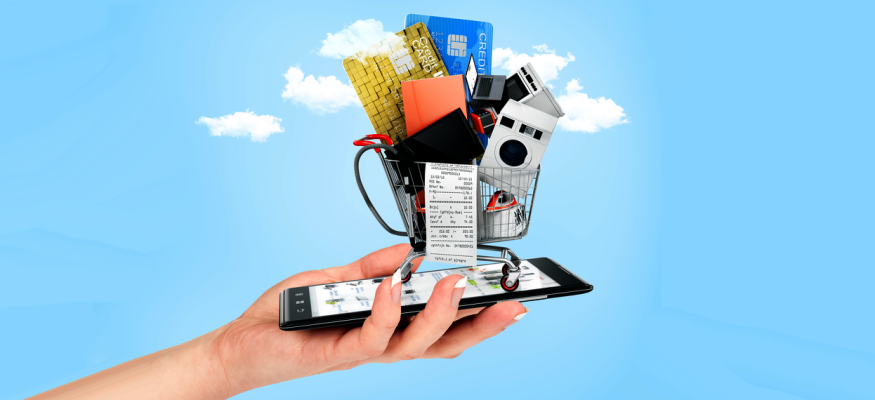Automate data entry
With a CRM, your team will never have to spend time logging emails, calls, meetings, and interactions — all of this information will be automatically collected and aggregated within the system.
Additionally, a CRM allows reps to update all deals by the stage they’re in — then, the system will automatically handle the rest (e.g. weighting, summation, visualization), keeping this process as efficient as possible for everyone involved.
Better Analytics
Analytical CRM tools make your data available, intelligible, and relevant to your business needs. All your heaps of sales data, finance data, and marketing data flow into CRM to become visible metrics, with data warehousing and data mining there to make sense of everything. The net benefit is customer acquisition, customer retention, and better data management.
Organize contact data
CRMs allow your team to easily keep track of every contact (and their related data), no matter their buyer’s journey stage. In fact, reps will be able to see if a contact visited your company website, downloaded content from the site, or spoke with another member of your sales team already.
Additionally, reps can log notes from their calls or email interactions with their contacts and leads. The best part? All of this information is always searchable within the CRM.
Higher Efficiency
Having all your major day-to-day business functions in one place makes for better workflow, easier collaboration between team members, and better project management. Task automation eliminates menial, repetitive work and gives more time for the cognitive tasks humans are best at. Dashboards and analytics will help you gain insights into your work and optimize all kinds of business processes.
Segment your customers.
Have you or your reps ever wanted to create a list of contacts to reach out to based on specific criteria? CRMs allow you to sort contacts by data that you’ve collected about them over time.
For example, a rep might filter by location, company size, or deal stage. This way, your team members will always maintain a clear idea of how to position outreach for each segment, increasing the probability of conversion.
Better knowledge sharing
Miscommunication and lack of information transfer are two major time-wasters. When people take time self-learning to do things other team members already know how to do, or work on redundant tasks, you’re losing a lot of hours per week. Collaborative CRM tools can streamline your teamwork by letting you build a knowledge base, establish best practice workflows, and allowing for frictionless communication between team members.
Create sales reports
CRMs allow your team to collect and organize data about prospects and deals using reporting features such as sales dashboards and reports. These allow reps to better automate and manage their pipelines, deals, and contacts. They can also evaluate their personal performance and keep track of their goals and necessary work to reach their quotas.
Sales managers can use these sales reports to see how their team is tracking towards quota attainment and review the number of closed deals. VPs and other organization leaders can also monitor the amount of revenue that’s been generated.
Ensure team communication is facilitated
Ensure effective team communication is facilitated throughout your sales org and among reps with the help of the CRM. This communication is critical to maintain a specific brand image among all reps who are interacting with prospects as well as ensure reps are learning from each other and working together to reach quota.
With a CRM, your team can do this by tagging reps and managers members on specific deals they want to bring them onto. Sales leaders and reps can also use the system to reassign specific leads with the click of a button. Lastly, reps don’t need to leave the system to write and send emails to team members to have these discussions — instead, all communication can be facilitated easily from within the CRM.
#game_production_in_afghanistan
#application_production_in_afghanistan
#site_production_in_afghanistan
#startup_production_in_afghanisrtan
#CRM_production_in_afghanisrtan
#online_marketing
#avalindata
#CRM
























































































































































 محمد اشرف غنی در سفری به ولایت نیمروز بند کمال خان را افتتاح کرد
محمد اشرف غنی در سفری به ولایت نیمروز بند کمال خان را افتتاح کرد ساخت اپلیکیشن در افغانستان
ساخت اپلیکیشن در افغانستان فروشگاه اینترنتی و انواع آن
فروشگاه اینترنتی و انواع آن مزیت اصلی طراحی اپلیکیشن رستورانت
مزیت اصلی طراحی اپلیکیشن رستورانت ویژگی های اصلی یک وب سایت تجارتی
ویژگی های اصلی یک وب سایت تجارتی مزایای طراحی سایت برای رستورانت
مزایای طراحی سایت برای رستورانت د ټویوټا(Toyota) کمپنې تاریخ
د ټویوټا(Toyota) کمپنې تاریخ اپلیکیشن های محبوب درافغانستان (بخش اول)
اپلیکیشن های محبوب درافغانستان (بخش اول) انواع شبکه های اجتماعی
انواع شبکه های اجتماعی د انټرنیټ سوداګرۍ لپاره لومړني مهارتونه-لومری برخه
د انټرنیټ سوداګرۍ لپاره لومړني مهارتونه-لومری برخه ویروس کرونا و تحول در کسب و کارهای سنتی - بخش دوم
ویروس کرونا و تحول در کسب و کارهای سنتی - بخش دوم IP Address څه دی؟
IP Address څه دی؟ کدام سیستم عامل برای بازی مناسب است؟ (بخش اول)
کدام سیستم عامل برای بازی مناسب است؟ (بخش اول) په افغانستان کې د ټیکنالوجۍ رول-دوهمه برخه
په افغانستان کې د ټیکنالوجۍ رول-دوهمه برخه چرا در مارکت پلیس عضو شویم؟
چرا در مارکت پلیس عضو شویم؟